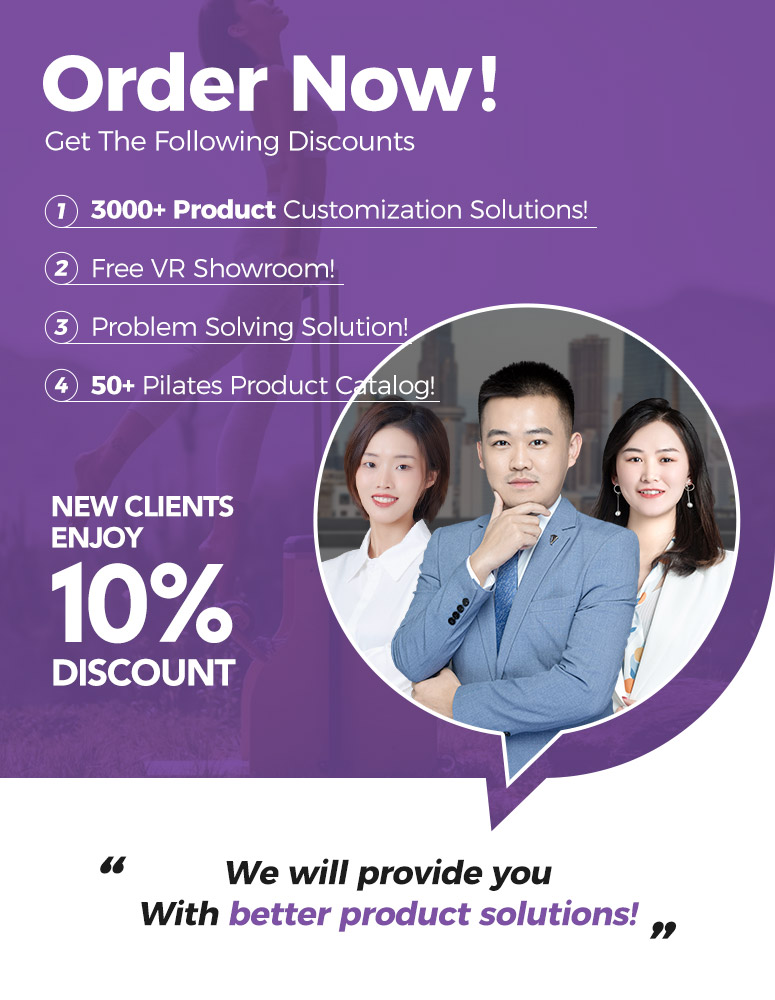Pilates Reformer Equipment Guide
Created by: Joy Raetin | Published on: September 5, 2021
Article Directory
I. Introduction
2. Introduction to Pilates Reformer
- History of the Pilates Reformer
- Main Components of a Pilates Reformer
- Features of the Pilates Reformer
3. Introduction to basic actions
Show 10-15 actions in groups, and give names, action pictures, and key points for each action.
4. Popular Science of Pilates Body Reformer
- Summary of basic actions
- Important actions of each part
- Common action errors and adjustment methods
5. Start using the Pilates Reformer
- Tips for buying a Pilates Reformer
- Reformer Setup Instructions
- Precautions for beginners
6. Different group Pilates training programs
- Novice training program
- Intermediate Training Program
- Advanced Training Program
7. Frequently Asked Questions about Pilates Reformer
8. Postscript

What is Pilates?
Pilates is a physical and mental exercise practice developed in the early 20th century by Joseph Pilates. It focuses on strengthening the body in an even manner withoutbuilding excess muscle bulk. Pilates aims to simultaneously stretch, strengthen, and balance the body.
Pilates techniques involve low-impact mat exercises or equipment-based exercises that focus on breathing, control, precision of movement, developing a strong core, and improving flexibility and balance. The goal of Pilates is functional strength, improved posture, injury prevention, and increased body awareness.
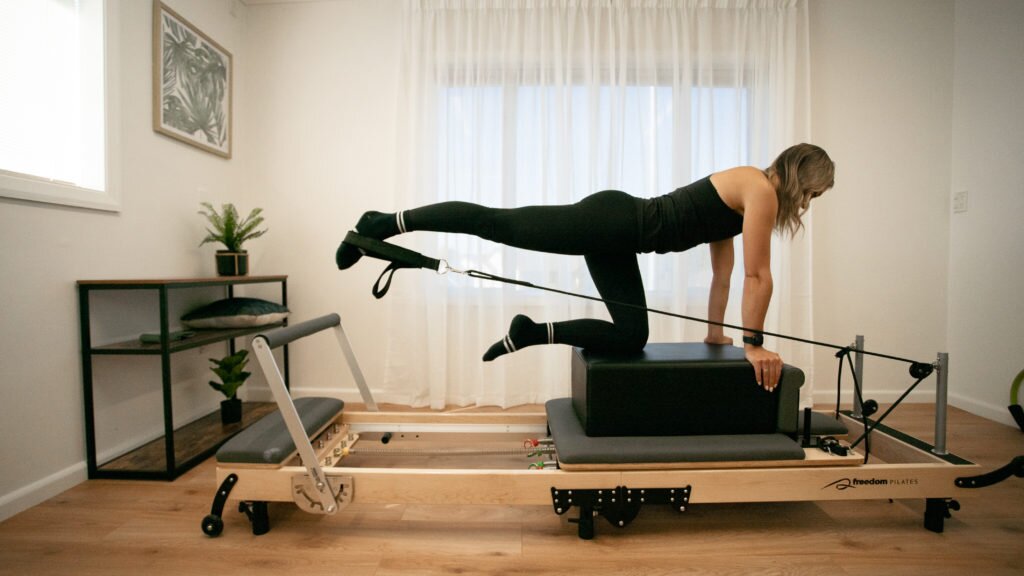
2.Introduction to Pilates Reformer
Joseph Pilates developed his method in the 1920s in Germany. He was inspired by yoga and zen, as well as the physical training methods of the Greek and Roman empires, martial arts, and dance. Pilates workouts became popular with dancers and athletes to enhance performance and prevent injury.
In the 1960s, his students made Pilates techniques widely known in the U.S., especially in New York. Mat Pilates became a popular form in the 1980s and 90s as a low-impact workout. Today, it has evolved into a mind-body practice performed by people of all ages and fitness levels.
Benefits of Pilates
Strengthen core muscles of the back, abdomen, hips and shoulders
Improve muscular flexibility and range of motion
Increase body awareness
Enhance coordination, balance and posture
Relieve back pain when used as rehabilitation
Tone muscles without bulking up
Provides a mindful, precision-focused workout
Main Components of a Pilates Reformer
- spring bed
The bedspring, the foundational part of the Reformer, consists of a series of parallel connected springs that provide varying degrees of resistance feedback. This design helps develop fine motor and muscle control. - Tie rod
The pull rod is connected to both sides of the spring bed, and the user can pull or push it to resist the elasticity of the spring, thereby exercising different muscle groups of the upper and lower limbs. - Foot bars
The foot bar is located on both sides of the lower part of the spring bed, and the user places his feet on it when performing movements, so as to control the balance of the body and utilize the muscle strength of the lower limbs. - Action lever
The action rod is connected to the pull rod, and the user can use the rod to assist in some actions that require assistance when pulling the pull rod. - Elastic cylinder
Some models of Pilates reformers are also equipped with elastic cylinders that can adjust the resistance to exercise different body parts more comprehensively. - Handle
Two handles located on either side of the box spring help the user maintain balance during the undulating motion.
Features of the Pilates Reformer
- Adjustable Springs – The reformer has a series of horizontal springs that provide varying degrees of resistance. The tension can be increased or decreased for challenge and comfort.
- Carriage – This rolling platform sits on top of the springs. Exercises are performed by pushing or pulling the carriage back and forth against the tension of the springs.
- Straps – Thick nylon straps attach to the carriage to allow for multi-directional movement and various push/pull exercises.
- Foot Bar – Attached under the carriage, the foot bar provides stability and leverage when exercising the legs.
- Pulley System – Wheels and cords allow the straps to be attached at variable heights for different range of motion and upper/lower body focus.
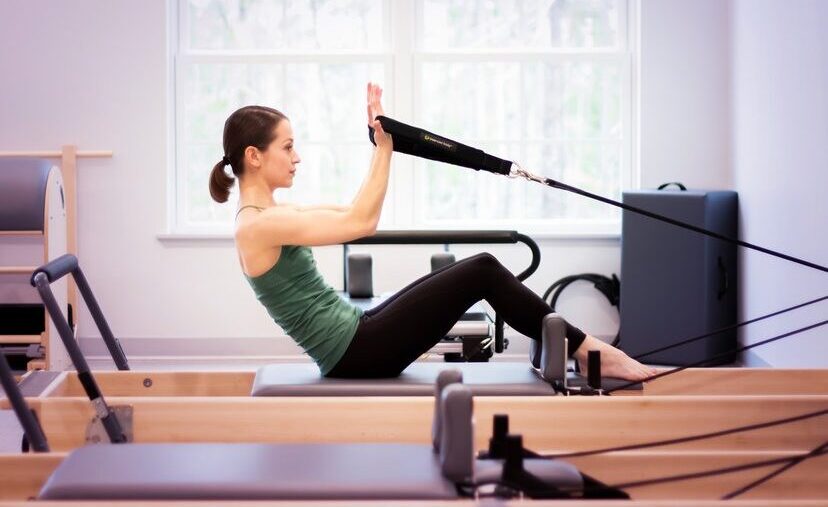
- Adjustable Handles – Grips on the side rails can be moved up or down for support during dynamic exercises.
- Compact Size – The reformer takes up less space than other Pilates equipment but offers a full-body workout with over 1,000 possible variations.
- Low Impact – The controlled, spring-resistance technique creates challenge without high-impact motion. This makes it gentle on joints.
- Emphasis on Posture/Alignment – Exercises focus on executing precise movements to strengthen deep stabilizing muscles and improve posture.
- Whole Body Workout – All major muscle groups can be effectively targeted through integrated exercises done on the reformer.
3.Introduction to basic movements


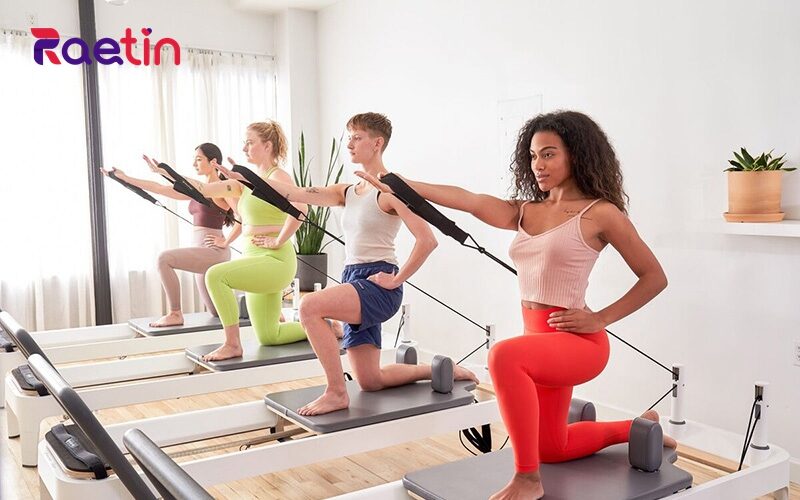
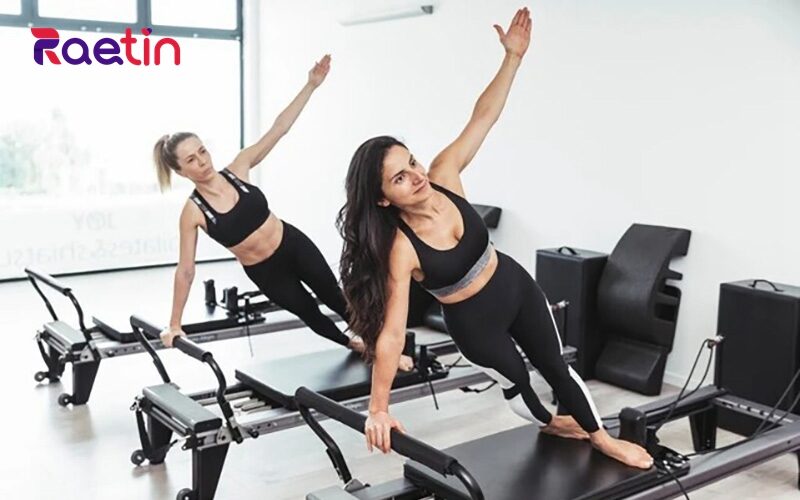
1.Bench press
Push the bar with your feet from a lying position to work your arms, abs, and legs.
2.Push ups
Lie prone on the bar, elbows bent to support the body to do push-ups.
3.Leg lift
After lying down, use your legs to pull the lever towards the lever until it stays for a second and then the control returns to its original position.
4.Alternate legs pull
Use the left and right legs to pull towards the pull bar separately to exercise the leg muscles.
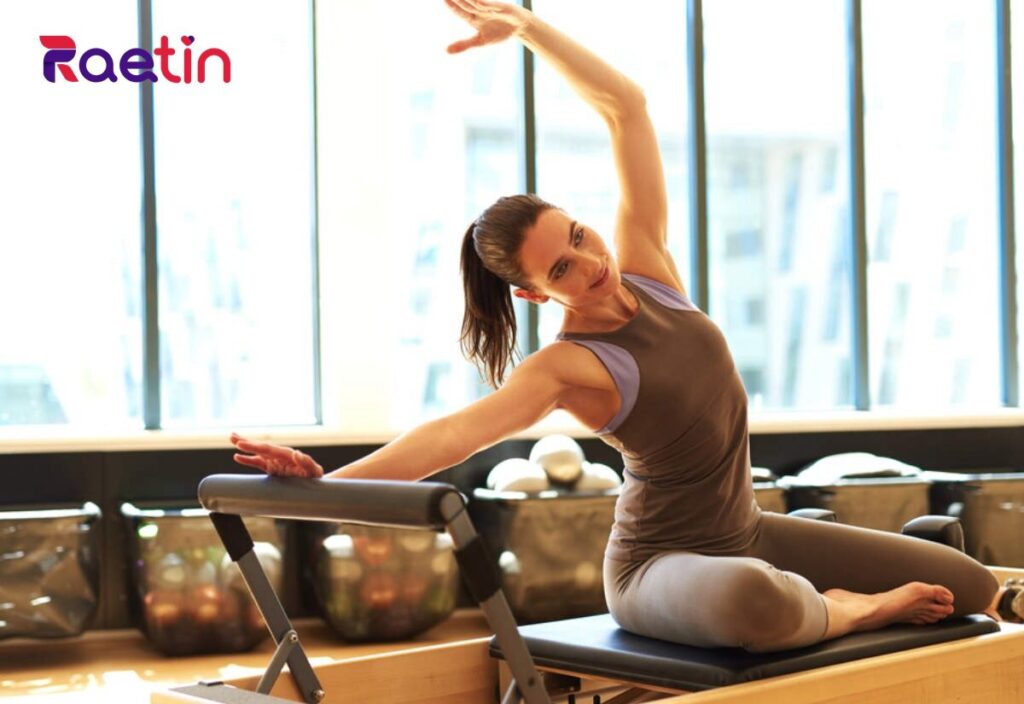
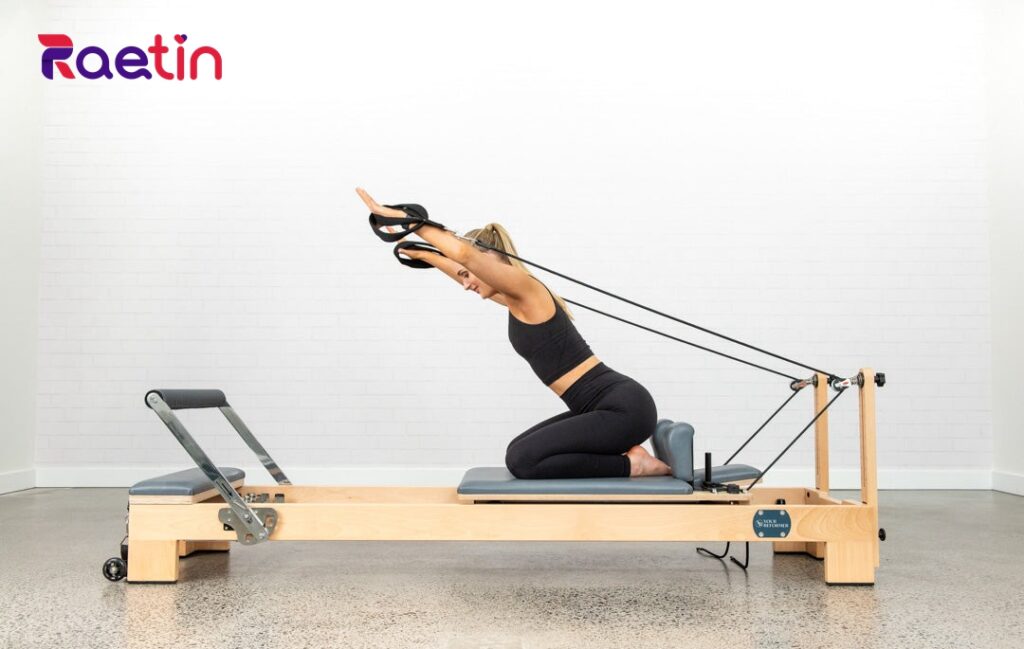


5.Upper body lift
With your back on the bed, pull the bar up to your chest with your elbows and feet.
6.Squat single leg pull
Stand on the tripod in a squatting position, and use one leg to pull the lever back to its original position.
7.Step up and down
Step on the tripod with both feet, step up and down to do lifting movements.
8.Stretching exercises
Use the pull bar to stretch the shoulder joints, knee joints, and various parts of the body.
4.Pilates body reformer action science

Summary of basic actions
Lay Back Push – Works the arms, abdomen and legs while lying down and pushing the carriage away.
High Push Up – Performs a push up position with elbows bent while supported on the carriage.
Single Leg Stretch – Lying down, one leg stretches and pulls the carriage and controls the return.
Alternating Leg Stretch – Performs the leg stretch with each leg individually to target each side.
Upper Body Pull – Lying back with carriage pulled to chest level using hands and feet.
Standing Single Leg Pull – In a squat stance, one leg pulls and returns the carriage.
Foot Paddles – Raises and lowers heels while feet are placed on the foot bar.
Range of Motion Stretches – Stretches shoulders, knees and whole body parts using the carriage assistance.
Circle Work – Lying circles are made with full body rotation using hands and feet coordination.
5.Start using the Pilates Reformer
Here are some tips and tricks when shopping for a Pilates Reformer:
Find out the brand of the machine, such as Raetin, MG and other brands are more reliable in quality.
Pay attention to whether the frame is strong, whether the spring is in good condition without rust and other basic conditions.
Try to sit down and feel whether the spring resistance is suitable for physical strength, and also judge whether the seat cushion is comfortable.
Check whether there are accessories such as strings and pedals, so as to train all parts more comprehensively.
Ask about follow-up maintenance and repair services.
Consider home and commercial formats, and choose for personal or classroom use.
The price will be more convenient than the middle and upper grades, and it is not easy to cause quality problems.
Research the complete configuration of different models online, and choose the one that meets your needs.
Post-purchase report The manufacturer provides instructions for use and experience lessons for beginners.
Check the 7-day unreasonable return policy to reduce selection errors.
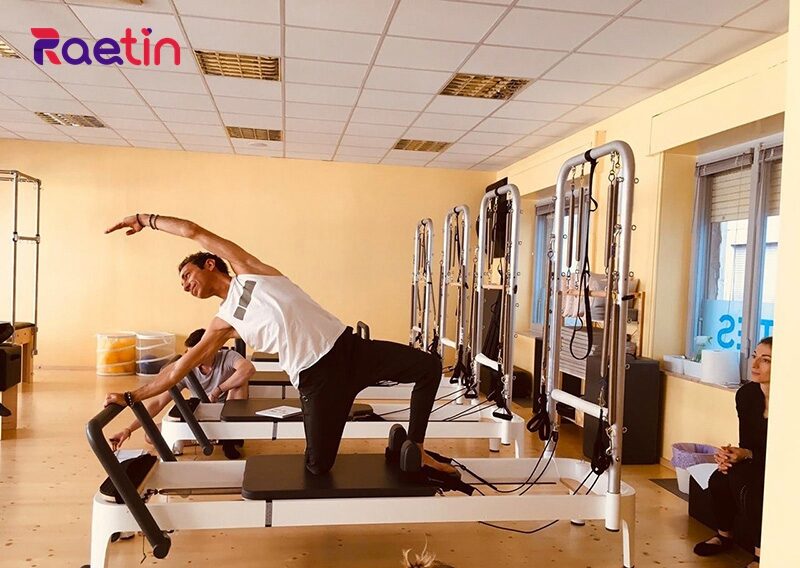
Precautions for beginners:
The range of motion is small. Every movement in the novice stage needs to reduce the range, and the muscles gradually adapt.
Strengthen abdominal breathing. Pay attention to righteousness in each movement, which helps to control the strength and reduce the burden.
Pay attention to the details of gestures. Be sure to pay attention to the standard limb Align so as not to hurt yourself.
Choose a moderate initial resistance. Don’t push too hard as you may overwork or cause injury.
Grasp the interval time. You need to relax and rest between each movement in order to effectively restore energy.
Slow motion is more effective. Controlling the range and speed of each movement is far more effective than fast and rough training.
Warm up and stretch for 5-10 minutes. Helps muscles and joints gradually adapt to exercise intensity.
Pay attention to the formation time of the action. Each action should maintain a standard posture for a long time in order to exercise the muscles.
Avoid continuous operation for several days. Schedule rest appropriately to accommodate muscle load.
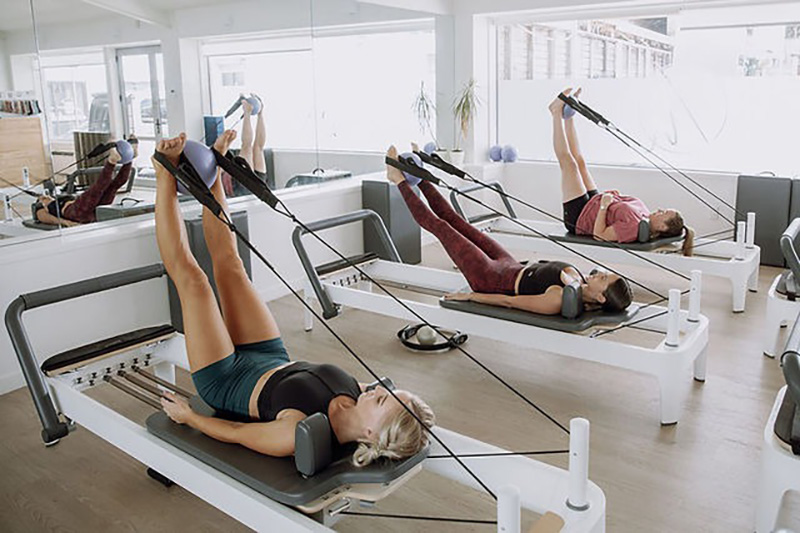
Reformer Setup Instructions:
Position the reformer on a level surface away from walls or other equipment.
Adjust the piston bolts underneath to stabilize the reformer frame level on the floor.
Connect the straps or cords to the carriage and pulley system at different heights for varying exercises.
Set the resistance of the springs by turning the adjustment dial – start at a low resistance level.
Place the headrest extension flat on the carriage for comfort during lying exercises.
Position the footbar at the end of the carriage frame for leg support exercises.
Roll the carriage away from the footbar end to allow for comfortable range of motion.
Attach safety straps to the side rails for balance aid during dynamic exercises.
Roll the carriage back and test the spring resistance for comfortable tension.
Clear any obstructions around the reformer to allow for safe unrestricted movement.
Refer to instructions if needed for any other set up steps specific to your reformer model.
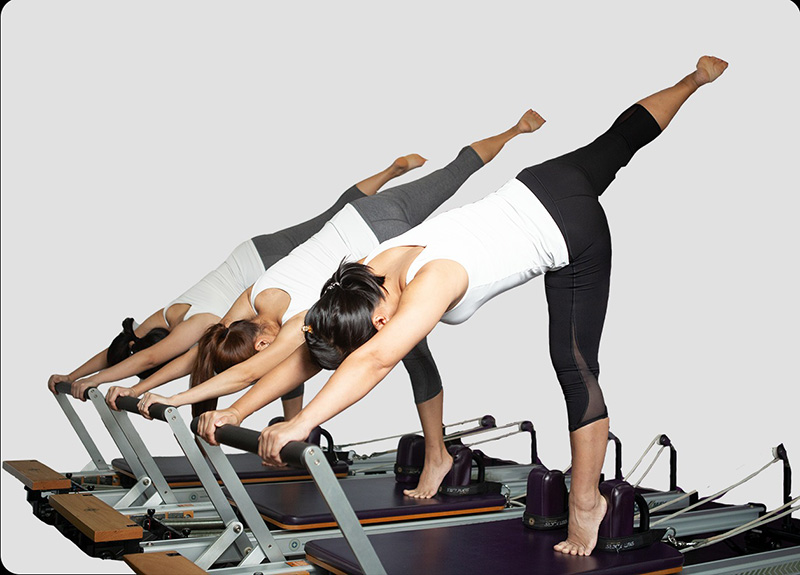
6.Different group Pilates training programs
Novice training program
Warm Up (5 mins):
Shoulder rolls, neck rotations, side bends, ankle circles
Main workout:
Lay Back Push – 3 sets of 10 reps
Foot Paddles – 3 sets of 10 reps each foot
Single Leg Kick – 3 sets of 8 reps each leg
Break (1 min): Stretch hamstrings and lower back
Upper Body Pull – 2 sets of 8 reps
Chest Lift – 2 sets of 8 reps
Arm Push – 2 sets of 8 reps
Break (1 min): Doorway chest stretch
Cat/Cow Spine Twist – 2 sets of 10 reps each side
Single Leg Kick with Extension – 2 sets of 6 each leg
Cool down (5 mins):
Butterfly stretch, seated forward fold, child’s pose
Notes:
Start with 1-2 sets if new to exercises
Hold each exercise for 5 seconds on last rep
Take 30 secs between sets
Use low-medium reformer spring resistance
Spend an extra 1-2 mins stretching if needed
Adjust the workout based on your fitness level and feedback from your body. Check form under instructor guidance.
Intermediate Training Program
Congratulations on progressing to the intermediate level of Pilates Reformer training! This program is designed to challenge your strength, flexibility, and control while building upon the foundational exercises. Remember to always listen to your body and modify or adjust the exercises as needed. Here’s a sample intermediate training program:
Warm-up:
Arm Circles: Perform 10 forward and 10 backward arm circles to warm up the shoulders.
Spine Stretch: Sit tall on the Reformer with legs extended. Inhale to prepare, then exhale as you round your spine forward, reaching your hands towards your feet. Inhale to return to the starting position. Repeat 8-10 times.
Remember to focus on proper form, breath control, and fluid movement throughout the exercises. As you become comfortable with this intermediate program, gradually increase the number of repetitions or add more challenging variations to continue progressing in your Pilates practice. Enjoy your workout!

Advanced Training Program
Congratulations on reaching the advanced level of Pilates Reformer training! This program is designed to further challenge your strength, stability, and coordination. Ensure that you have a solid foundation and are familiar with intermediate-level exercises before attempting the advanced program. Remember to listen to your body, maintain proper form, and modify exercises as needed. Here’s a sample advanced training program:
Warm-up:
Cat-Cow Stretch: Start on all fours with your hands under your shoulders and knees under your hips. Inhale as you arch your spine, dropping your belly towards the floor and lifting your head and tailbone. Exhale as you round your spine, tucking your chin and tailbone. Repeat 8-10 times.
Shoulder Bridge: Lie on your back with knees bent and feet on the footbar. Inhale to prepare, then exhale as you lift your hips off the carriage, forming a straight line from knees to shoulders. Inhale to hold, then exhale as you lower back down. Repeat 8-10 times.
Remember to always maintain proper form and control throughout the exercises. If any exercise feels too challenging or causes discomfort, modify or skip it. As you progress in your Pilates practice, continue to challenge yourself with advanced variations, increase repetitions, or explore new exercises. Enjoy the benefits of an advanced Pilates Reformer workout!
7.Frequently Asked Questions about Pilates Reformer
The Pilates Reformer is a piece of equipment used in Pilates workouts. It consists of a sliding carriage, springs, ropes, and various attachments. The Reformer provides resistance and support to enhance strength, flexibility, and body awareness.
Yes, the Pilates Reformer can be suitable for beginners. However, it is recommended to start with a qualified instructor who can guide you through proper form and technique to ensure safety and effectiveness.
While both Pilates mat exercises and Reformer exercises share similar principles, the main difference lies in the added resistance and support provided by the Reformer. The Reformer's springs and adjustable settings allow for a wider range of exercises and variations.
Pilates Reformer workouts can contribute to weight loss when combined with a balanced diet and regular cardiovascular exercise. While Pilates primarily focuses on strengthening and toning the body, it can help improve overall body composition and increase calorie burn.
Some benefits of using a Pilates Reformer include improved core strength, increased flexibility, enhanced posture, better body awareness, improved muscle tone, and overall body conditioning. The Reformer's resistance and support can challenge and engage various muscle groups.
Yes, the Pilates Reformer is often used in rehabilitation settings. Its adjustable resistance and supportive nature make it a valuable tool for individuals recovering from injuries or seeking to improve mobility and stability.
Yes, it is possible to have a Pilates Reformer for home use. There are compact and portable versions available that can be set up in a dedicated space. However, it's important to ensure proper instruction and guidance to use the Reformer safely and effectively.
The frequency of your Pilates Reformer practice depends on your goals, fitness level, and schedule. Ideally, aim for at least two to three sessions per week to see noticeable improvements. Consistency is key in reaping the benefits of Pilates.

8.Postscript
The Pilates Reformer is a versatile and efficient piece of equipment that enhances Pilates workouts by providing resistance and support. Using a Pilates Reformer can challenge your strength, flexibility, and coordination, improve core strength, improve posture and body awareness, and enhance muscle definition and overall fitness.
When using a Pilates Reformer, make sure to master proper posture and movement technique first, and follow safety principles. It is best to work with a certified Pilates instructor for professional instruction and a personalized training plan.
The Pilates Reformer is suitable for practitioners of all levels, from beginners to advanced practitioners. According to your goals and progress, you can gradually increase the difficulty and complexity of the training, and try more advanced movements and variations.
In addition to Reformer exercises, focus on maintaining a balanced diet and incorporating aerobic exercise in order to achieve good health and ideal weight management goals.
The most important thing is to enjoy the process of training on the Pilates Reformer. With patience, persistence, and a positive mindset, make Pilates a part of your wellness routine and enjoy its physical and mental benefits.
May the Reformer allow you to build a healthy, strong and flexible body and enhance your overall quality of life.
I wish you health and success!
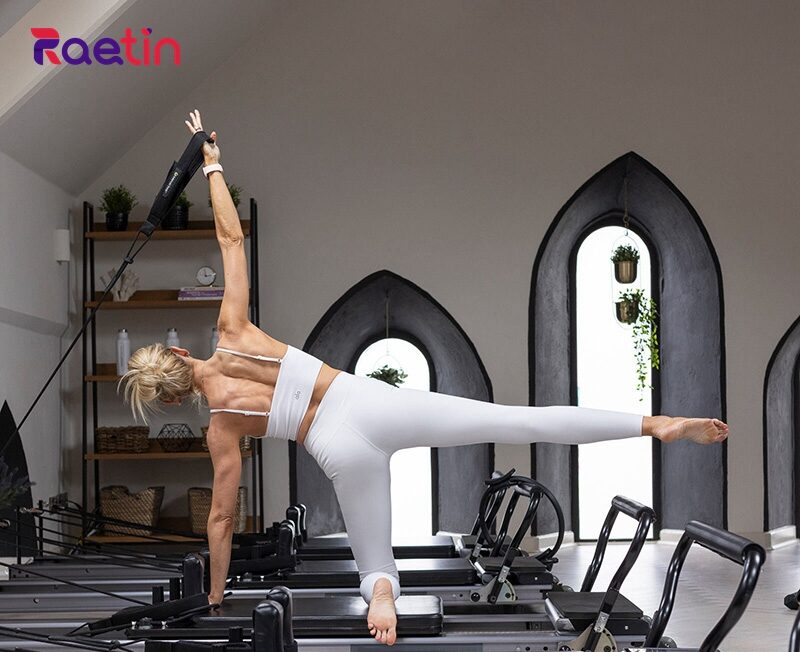
Order Now!
to customize your Pilates equipment and get a collection of design renderings for free!


